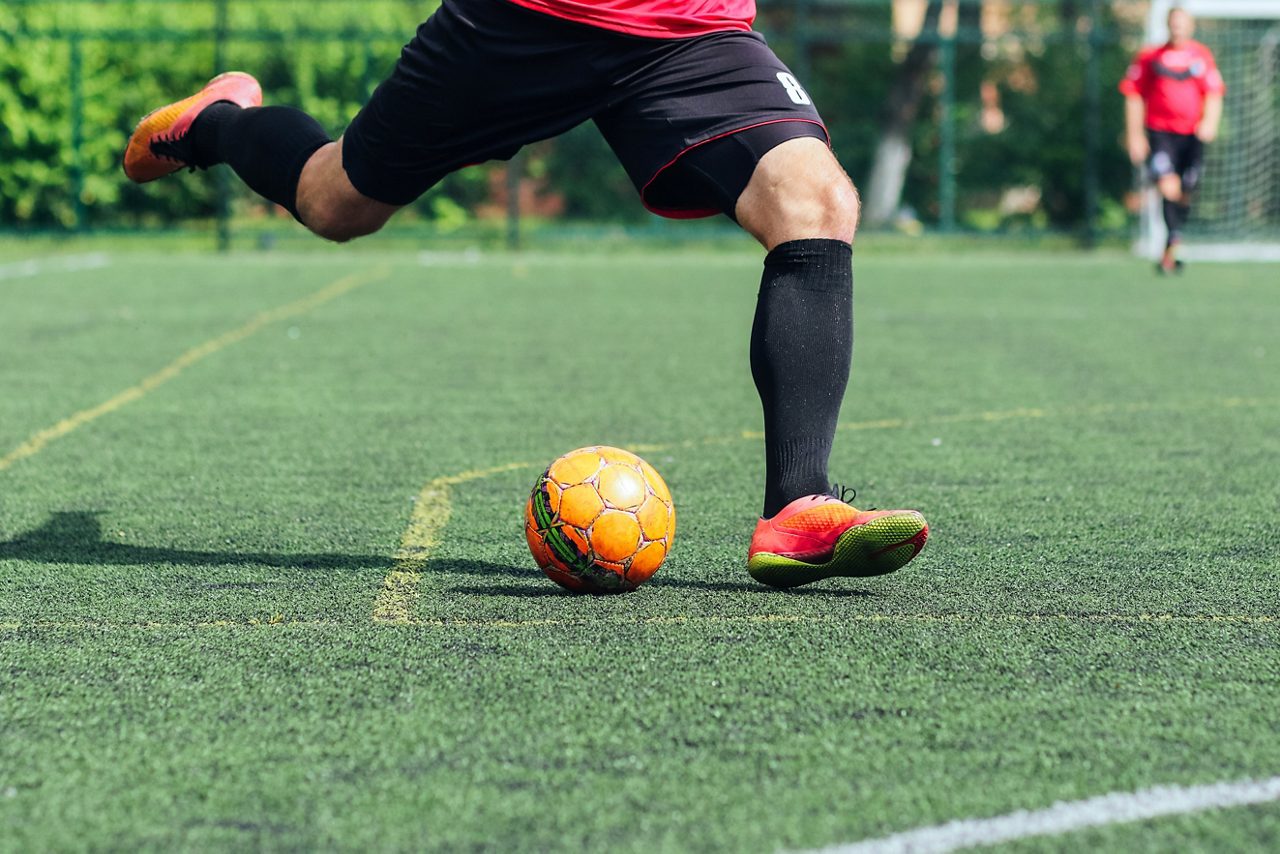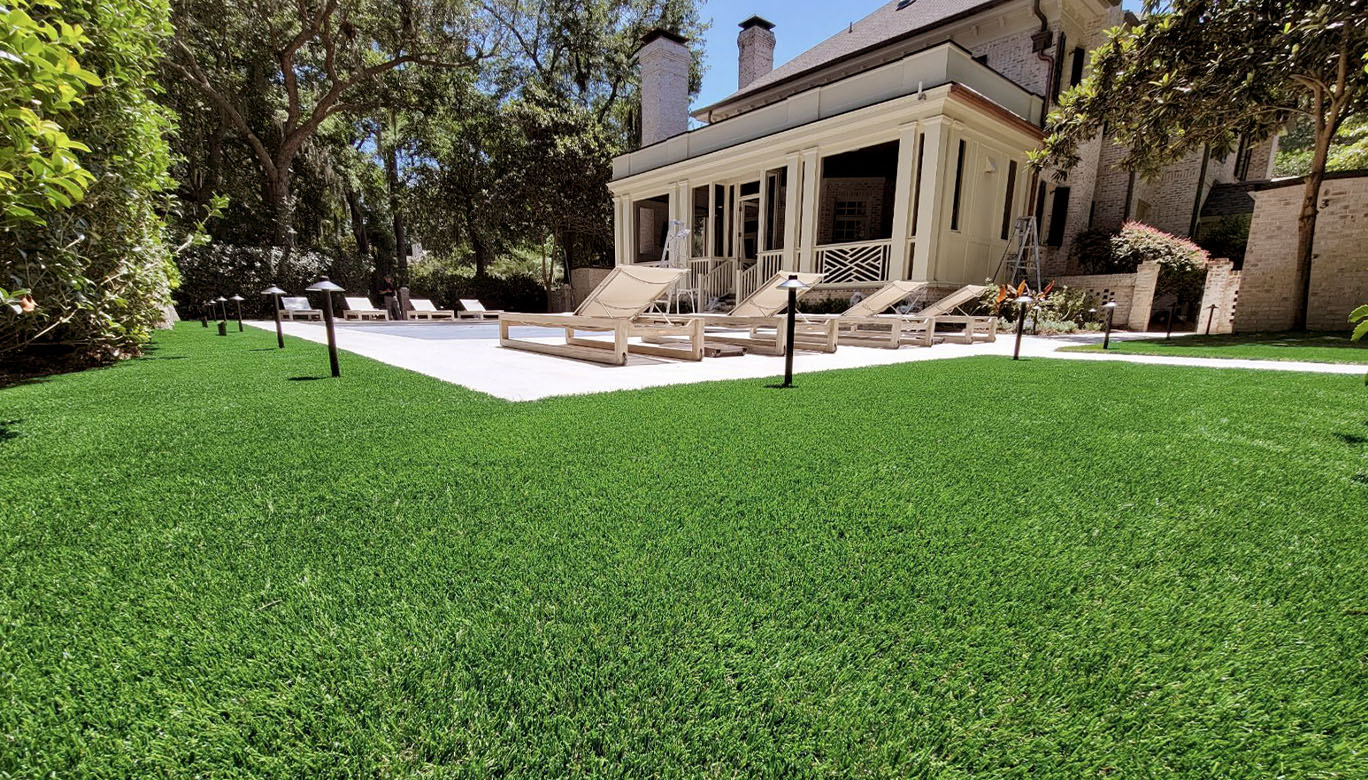Explore the Environmental Benefits of Opting for Synthetic Grass Solutions
The fostering of fabricated turf remedies presents a compelling possibility to resolve pushing environmental obstacles. By considerably lowering water usage and reducing the application of unsafe chemicals, these alternatives not just promote lasting landscaping however likewise safeguard regional ecosystems.
Water Conservation Benefits
One of the most considerable benefits of fabricated grass is its ability to preserve water. In contrast, synthetic turf does not need watering, dramatically minimizing the overall demand for water resources.
By getting rid of the need for regular watering, fabricated lawn contributes to sustainable landscape methods and helps minimize the ecological effect of excessive water consumption. The preservation of water prolongs to the reduction of overflow, which can lead to soil erosion and waterway contamination.
Furthermore, the setup of synthetic grass permits communities and homeowners to allot water sources much more successfully, focusing on vital uses such as alcohol consumption water and agriculture. The shift in the direction of synthetic grass not only advertises responsible water usage yet additionally straightens with more comprehensive environmental objectives targeted at maintaining natural deposits.
As areas increasingly prioritize sustainability, the water conservation advantages of synthetic grass present a compelling case for its fostering in property and commercial landscape design jobs.
Reduced Chemical Use
The change to synthetic grass considerably reduces the dependence on chemical treatments typically used in all-natural yard upkeep. Standard grass management generally includes the application of fertilizers, pesticides, and herbicides to advertise development and control parasites. These chemicals can posture risks to human wellness, neighborhood wild animals, and the setting, contributing to soil and water contamination.
On the other hand, synthetic grass eliminates the demand for these harmful substances. Once installed, it needs minimal maintenance, largely including regular cleansing and seldom infill replenishment. This reduction in chemical usage not just benefits the instant setting yet additionally contributes to more comprehensive ecological security. By decreasing the launch of artificial compounds into the community, synthetic turf advertises much healthier soil and water supply.
Additionally, the lack of chemical drainage connected with man-made turf installments assists protect local waterways from pollution, supporting water life and keeping biodiversity. Artificial turf companies phoenix. As areas increasingly focus on sustainable methods, deciding for synthetic grass presents a practical option that lines up with ecological conservation objectives. Via this change, residential or commercial property owners can enjoy lush eco-friendly areas without compromising eco-friendly health, paving the means for a more lasting future
Lower Carbon Impact

Additionally, the setup of synthetic grass can cause substantial water conservation. Natural yards require significant quantities of water for watering, which not only includes in the carbon footprint associated with water removal and therapy however likewise stress neighborhood water resources. On the other hand, synthetic grass requires very read review little maintenance, needing no watering, therefore significantly lowering water usage and its associated power prices.
In addition, the durability of synthetic grass adds to its reduced carbon impact. With a life-span of approximately 15 years or even more, the requirement for regular substitutes is reduced, leading to much less waste and lower energy intake in production and getting rid of standard lawn choices. In general, synthetic turf provides a sustainable choice for eco aware landscaping.
Habitat Preservation
Environment conservation is a crucial factor to consider in the argument over landscaping options, specifically when contrasting man-made grass to all-natural lawn. Natural turf yards often need considerable maintenance, including the use of pesticides, herbicides, and fertilizers, which can detrimentally influence regional ecological communities. These chemicals can leach into the soil and rivers, harming indigenous flora and animals and interrupting local environments.
Artificial lawn removes the demand for damaging chemicals, thus shielding nearby wild animals and keeping the honesty of bordering environments. The installation of fabricated grass can lead to the conversion of previous grass areas right into more biodiverse landscapes, such as pollinator yards or indigenous plant areas, which can support regional wildlife.
Inevitably, the shift to man-made turf not just saves water and decreases maintenance efforts yet discover this also fosters a more harmonious partnership between human activities and the natural surroundings, advertising habitat conservation in the process.
Long-Term Sustainability
Long-lasting sustainability is an important element in evaluating the benefits of synthetic turf over standard grass yards. Among one of the most significant benefits of synthetic grass is its longevity; it can last approximately 15-20 years with marginal maintenance, whereas natural turf requires constant reseeding and replacement. This long life decreases the requirement for constant resources, such as water, plant foods, and pesticides, which are vital for maintaining a healthy and balanced turf yard.
In addition, synthetic grass adds to a reduction in carbon exhausts connected with grass care tools. Standard yards commonly require gas-powered lawn mowers, leaners, and blowers, every one of which contribute to air pollution. Phoenix turf companies. In contrast, fabricated turf removes the requirement for such equipment, advertising a cleaner setting
Additionally, the manufacturing of synthetic grass progressively utilizes recycled products, improving its sustainability profile. As suppliers embrace environmentally friendly methods, the environmental footprint of artificial lawn continues to diminish.

Final Thought
The adoption of fabricated turf options presents substantial environmental advantages, including substantial water preservation, minimized reliance on harmful chemicals, and a reduced carbon footprint. Moreover, fabricated lawn help in maintaining natural environments by minimizing land disturbance and advertising long-lasting sustainability through making use of sturdy products. Collectively, these elements highlight the capacity of fabricated turf to add favorably to ecological health and wellness and offer a sensible alternative to traditional landscape design methods in a progressively resource-conscious world.
In comparison, synthetic lawn does not require watering, significantly decreasing the general need for water resources. By decreasing the launch of synthetic compounds right into the environment, artificial turf promotes much healthier soil and water systems.
In addition, the installment of synthetic turf can result in considerable water preservation. In comparison, fabricated turf requires minimal upkeep, needing no watering, thus significantly reducing water use and its linked energy expenses.

Comments on “Professional Arizona Turf Providers Delivering a Lifelike Lawn Option”